FOREWOOD
The Forewood
The Forewood is a substantial block of woodland situated in the Parish of Crowhurst, which lies between Hastings and Battle in East Sussex
My Blog records a visit here again in April 2011 The Forewood
I was born and brought up in Crowhurst, and my interest in natural history comes mostly from my childhood spent exploring in the Forewood and surrounding countryside. The purchase of the wood in the early 1970's by the Royal Society for the Protection of Birds secured it's future, and led me to join this excellent organisation
The Forewood is on a South facing hillside above the valley of the little Asten Brook, which runs down from Battle to the sea at Bulverhythe. The valley of an upper arm of this stream is the one across which the Battle of Hastings was fought on 16 October 1066, and into whose steep upper ravine the Saxons were chased and killed by the Normans late that fateful day
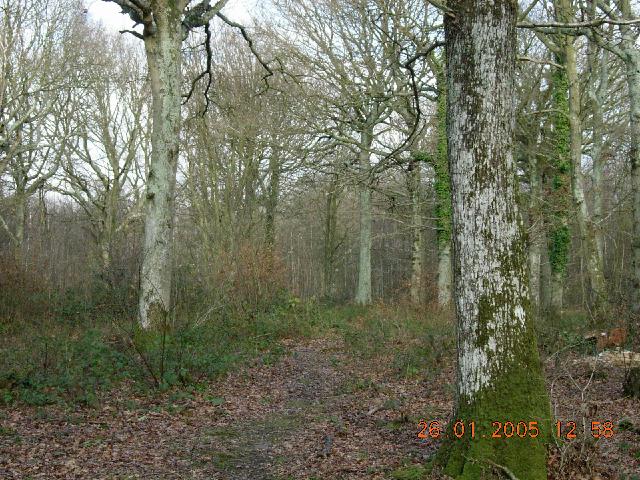
The wood comprises typical Wealden coppice with standards - the principal coppice species is Sweet Chestnut (Castanea sativa), but in a few blocks it appears that Hornbeam (Carpinus betulus) is the predominant species. The standards are mostly Pedunculate Oak (Quercus robur) (the "Sussex Weed"), with some Ash(Fraxinus excelsior ) and Beech (Fagus sylvatica ). There are a few mature Sweet Chestnuts, too. There is a good mix of other tree and shrub species, and there is much in the wood to interest the botanist. Away from the blocks of coppice, it easily and naturally meets the criteria of Ancient Woodland, although much modified by man - of which more later
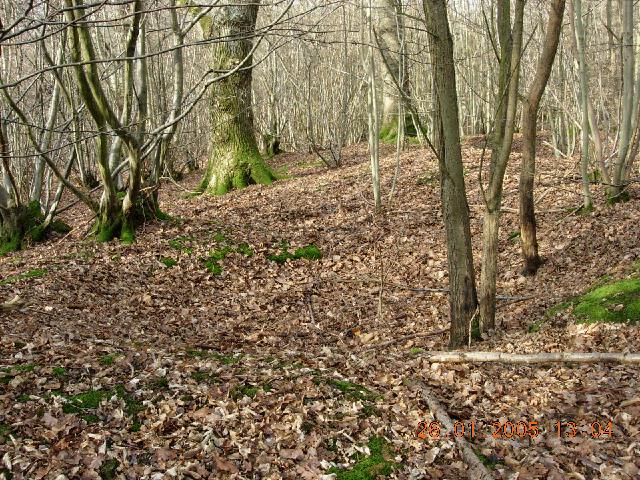
At the time of my childhood, the round of traditional coppicing was still followed. The chestnut wood was prepared for fence posts, and the frass and unwanted species were converted to Charcoal in enormous iron ring Charcoal burners. The RSPB has continued this tradition as part of it's management plan
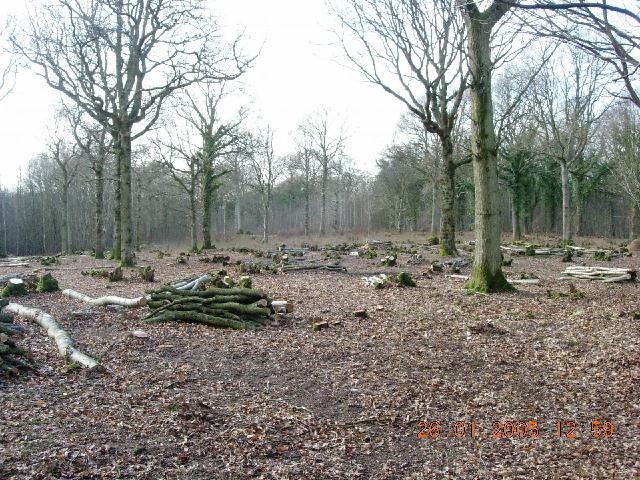
It is possible, by careful examination of some of the larger Chestnut "stools" (the cut stumps from which new growth springs after coppicing) to see remnants of two and sometimes three previous coppicings, and the axe marks from that time can be compared with the chainsaw cuts of more recent coppicing. There are three small streams flowing South through the wood to the Asten brook, each of which features a substantial waterfall over a hard sandstone ledge. They then pass into a steep sided valley, called a Ghyll in this part of Sussex. These are home to many interesting and uncommon ferns and mosses, and huge clumps of Pendulous Sedge (Carex pendula ), which occurs naturally. These streams often dry up in Summer. Beneath the wood lie the ironstone strata which provided the ore for the wealden iron industry, and it is this which has shaped the wood more than any other factor, together with later coppicing. There are hundreds of the shallow depressions right across the higher parts of the wood which reveal the presence of former minepits, and a vast accumulation of bloomery slag, in which an excavation by the Wealden Iron Research Group discovered, among other items, pottery of Pre-Roman origin. It is also possible today to discern a little of the farming history of the wood, for there exist in some of the wood edges, and right in the coppiced areas as well, remnants of ditch and bank field boundaries
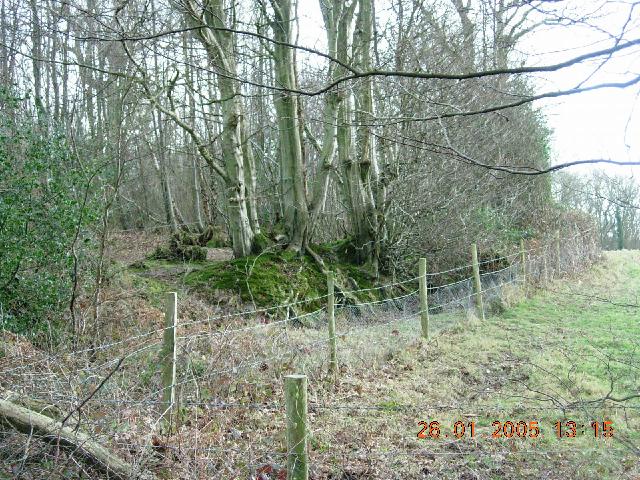
Some of these also still retain the original hedge trees, showing the horizontal trunks and boles remaining from hedge laying work carried out very many years ago
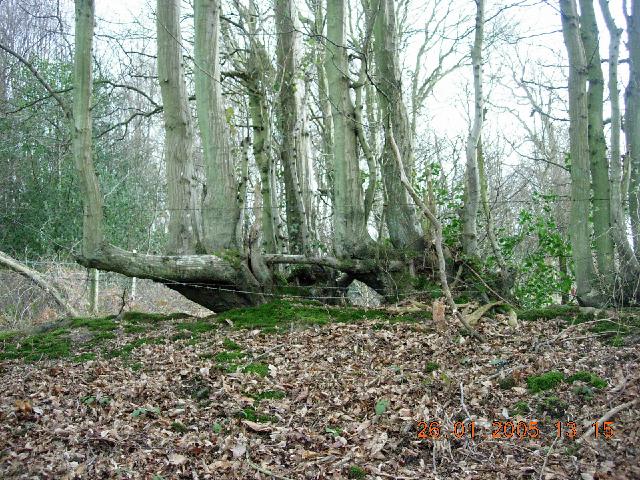
The Forewood is a wonderful place to see and enjoy the many natural and social history aspects of a typical and beautiful wealden woodland. It was therefore a natural choice when it came to choosing a domain name for this website. If you have any wildlife records, or any aspect of the history of the Forewood, or any other information you would like to share, then I shall be pleased to include it in my website
Some of the photographs illustrating this section were taken in Spring 2004 by my brother David - many thanks to him for permission to use them - the rest are mine









